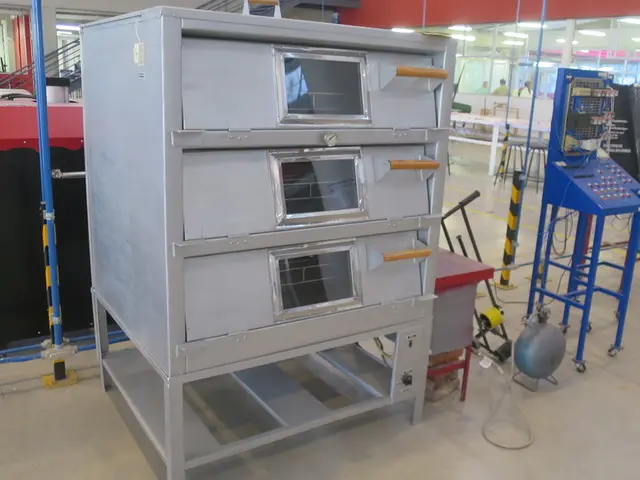The market for Seafood Processing Equipment is expected to reach a staggering USD 3.5 billion by the year 2034, reporting a consistent growth rate of 5.1% CAGR.
Automation and Technology Transform Seafood Processing in Asia Pacific
The global seafood processing equipment market is on an upward trajectory, set to reach a staggering USD 6.3 billion by 2034, driven by various factors including rising seafood demand, technological advancements, sustainability pressures, and regulatory support.
The aquaculture equipment market, which encompasses seafood processing equipment, is expected to grow from approximately USD 3.7 billion in 2024 to approximately USD 6.3 billion by 2034, demonstrating a compound annual growth rate (CAGR) of 5.7%.
Key drivers of this growth include increasing global seafood demand, technological advancements, sustainability and regulatory pressures, expansion in aquaculture and saltwater farming, and investment in processing and packaging technologies.
In the Asia Pacific region, seafood processing plants are increasingly adopting Industry 4.0 solutions such as robotics, computer vision, AI, and IoT to automate sorting, cleaning, packing, and quality checks. This transformation is evident in the region's dominance of the seafood processing equipment market, which held a 44.7% share in 2024, valued at USD 0.9 billion.
The filleting segment led the market in 2024, accounting for a 39.6% share, while the frozen seafood segment led by application, accounting for a 37.4% share. The fully automatic segment also held a significant lead, capturing a 67.9% share in 2024.
Innovations in the industry continue to emerge. In April 2024, Cabinplant A/S launched a camera-operated vision system designed to improve fish sorting when integrated with filleting machines such as Baader or VMK. Another innovation from Cabinplant A/S was a brown crab processing line offering adjustable speed and belt configurations.
Investor confidence is high in the seafood processing industry, with companies like Scout Canning raising USD 4 million and seafood-focused startups receiving $50,000 innovation programs.
Modern fishing boats act as floating factories, allowing crews to gut, clean, freeze, and even fillet fish onboard, preserving freshness and reducing spoilage. This trend, coupled with government programs to modernize fisheries and strengthen cold chain logistics, is driving equipment upgrades in the Asia Pacific region.
Urbanization and shifting diets in the region are boosting demand for packaged and ready-to-cook seafood, pushing the adoption of modern filleting, freezing, and packaging technologies.
In November 2024, Baader secured a significant contract with Laxey, a land-based salmon farming company in Iceland, to deliver processing equipment for its new slaughterhouse project.
The Global Seafood Processing Equipment Market is expected to reach USD 3.5 billion by 2034, with a CAGR of 5.1% from 2025 to 2034. The region's dominance is due to its status as the largest global producer and exporter of seafood, supported by strong aquaculture sectors in China, India, Vietnam, and Indonesia.
Rising demand for seafood, particularly in urban areas, is driving equipment demand and the growth of cold chain infrastructure in developing regions. This trend, combined with ongoing technological advancements, promises a promising future for the seafood processing industry.
Read also:
- Farewell uttered to the elderly Berlin rent activist, aged 85, by his companions.
- Insurance firms confronting a "climate predicament": finding viable solutions
- Luxury Drinkware Gaining Popularity in UAE's Business Gift Exchanges
- Honoring Practical Learning: Commemorating National Apprenticeship Week in the United Kingdom







